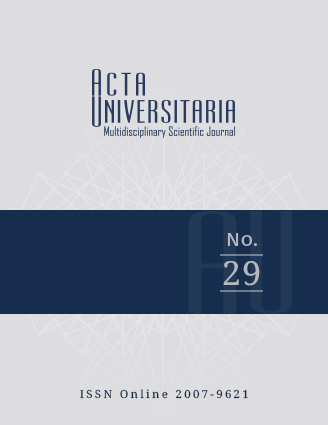Yield, nutrimental and in vitro ruminal fermentation profiles of maralfal fa grass (Cenchrus purpureus Schumach.) Morrone at different cutting frequencies in warm weather
Published 2019-10-02
How to Cite
Abstract
The objective of this experiment was to evaluate the yield, nutrimental and in vitro ruminal fermentation profiles of maralfalfa grass (Cenchrus purpureus Schumach.) Morrone, at four harvest frequencies. Treatments were allocated in a randomized block design in divided plots with three replications. Data were analyzed using the Statistical Analysis Software (SAS) general lineal model (GLM) procedure, and a comparison of means (Tukey, α = 0.05) was made. The maximum biomass yield (20.2 kg-1 DM ha-1), NDF (66.7%), LC (45.4%), energy (16.3 MJ kg-1 DM) and CO2 (89.7%) were found in the cutting frequency at 120 days (p < 0.05). The highest content of CP (9.3%), CH (17.6%), ash (11.7%) moisture (8.4%) and ADL (4.7%), acetic acid (77.8%), propionic acid (29.4%), butyric acid (12.6%), CH4 (11.9%) and IVDMD (55.6%) was found in the frequency at every 30 days (p < 0.05). The content of EE (1.8%; p < 0.05) was higher in the cutoff frequency to day 90. The maralfalfa grass has a better chemical composition, increased production of AGV in early stages of court, allowing it to be a good source in animal feed production.

